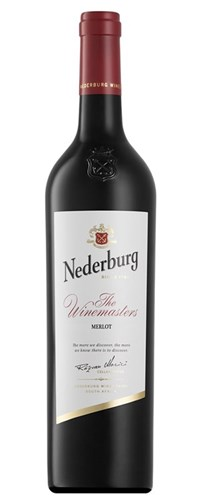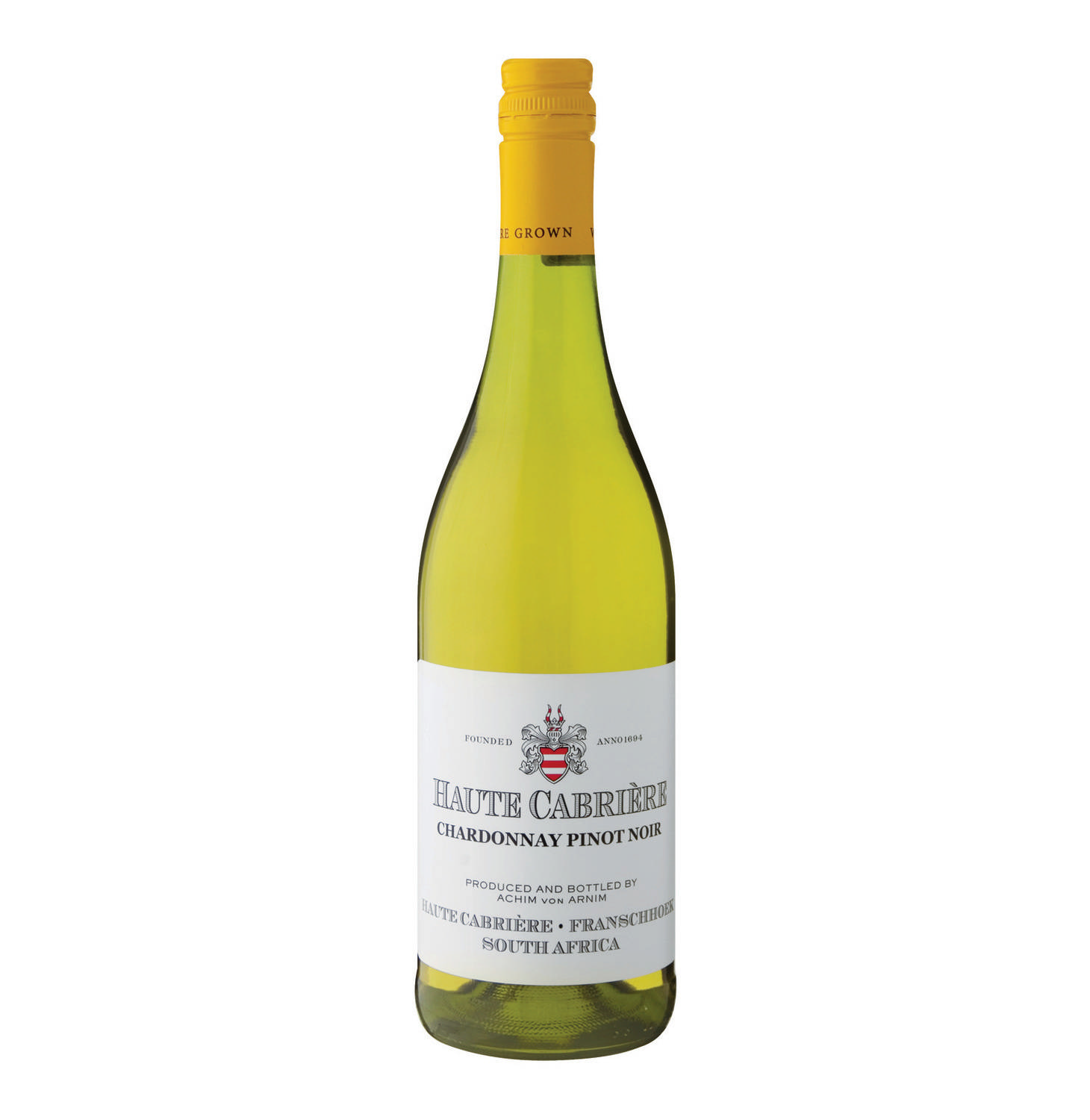Wine Tasting – Corks Vs Screw Tops
 Wine bottles have traditionally been sealed with corks but this has increasingly created problems especially during wine tasting. Natural corks have some advantages but they tend to get infected very easily. These fungal infections are passed on to the wine and its quality gets bad as the fungus contaminates it.
Wine bottles have traditionally been sealed with corks but this has increasingly created problems especially during wine tasting. Natural corks have some advantages but they tend to get infected very easily. These fungal infections are passed on to the wine and its quality gets bad as the fungus contaminates it.
The most common infection of corks is in the form of Cork Taint. This contamination is caused by a chemical called Trichloroanisole (TCA) which is produced by certain airborne fungi. These fungi infest the corks in wine bottles and the chemical gradually spreads into the wine and contaminates it. This infection can be identified by the aroma that an infected wine releases.
As soon as you open the bottle you will get a musty smell like the smell from wet newspapers or a damp room. This moldy scent overwhelms the natural aromas of the wine and as the infection spreads this is the only smell that remains. This contaminant also spoils the taste of the wine it infects and can ruin your wine tasting experience.
Cork taint has become so common that for quite some time wine producers all over the world were looking for remedial measures. But it was only in 2001 that a group of producers in Clare Valley, Australia decided that enough was enough and they started bottling wines in screw top bottles. Till this happened screw tops were used only for cheap wines. Today, although cork stoppers are still being used, many wine makers have shifted to screw top bottles for storing their wines.
Initially there were a lot of detractors who opposed this move. They had a few valid arguments in their favor. The screw top in a wine bottle does not allow enough oxygen to enter, while a cork stopper which is porous let in sufficient air. A little bit of oxygen is necessary as it helps the wine to mature properly and is helpful in wine tasting. But too much of it could lead to rapid oxidation and spoil the wine.
Screw tops which are normally made of aluminum, do not allow any oxygen to enter. This could lead to the chemical process of reduction. In this process, due to the lack of oxygen the wine gets reduced. It starts losing its inherent characteristics. Gradually the wine gives out a putrid smell like that of burning sulfur, or boiled eggs or even rotten vegetables. This process is also called sulfidization due to the strong scent of sulfur.
This acts as a strong deterrent during wine tasting. In initial stages a reduced wine can be cured by keeping it exposed to the air for some time. A slightly more severe stage requires decantation to revive the wine but in highly reduced wines the process cannot be reversed and the wine gets spoilt.
In spite of these drawbacks wine tasting experts believe that screw tops score over cork stoppers as they do not allow any contaminants to corrupt a wine and it retains most of its original qualities. Further by employing modern packaging methods the problems arising from using screw tops can be easily solved.




